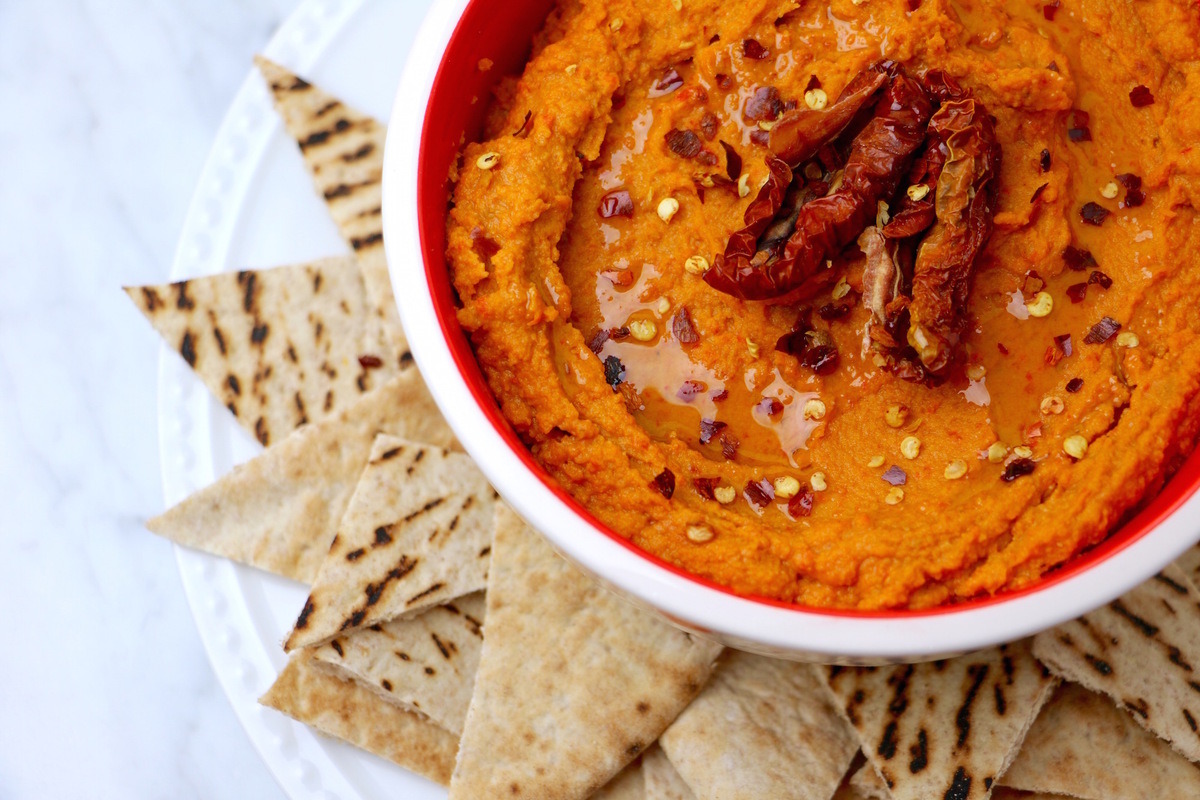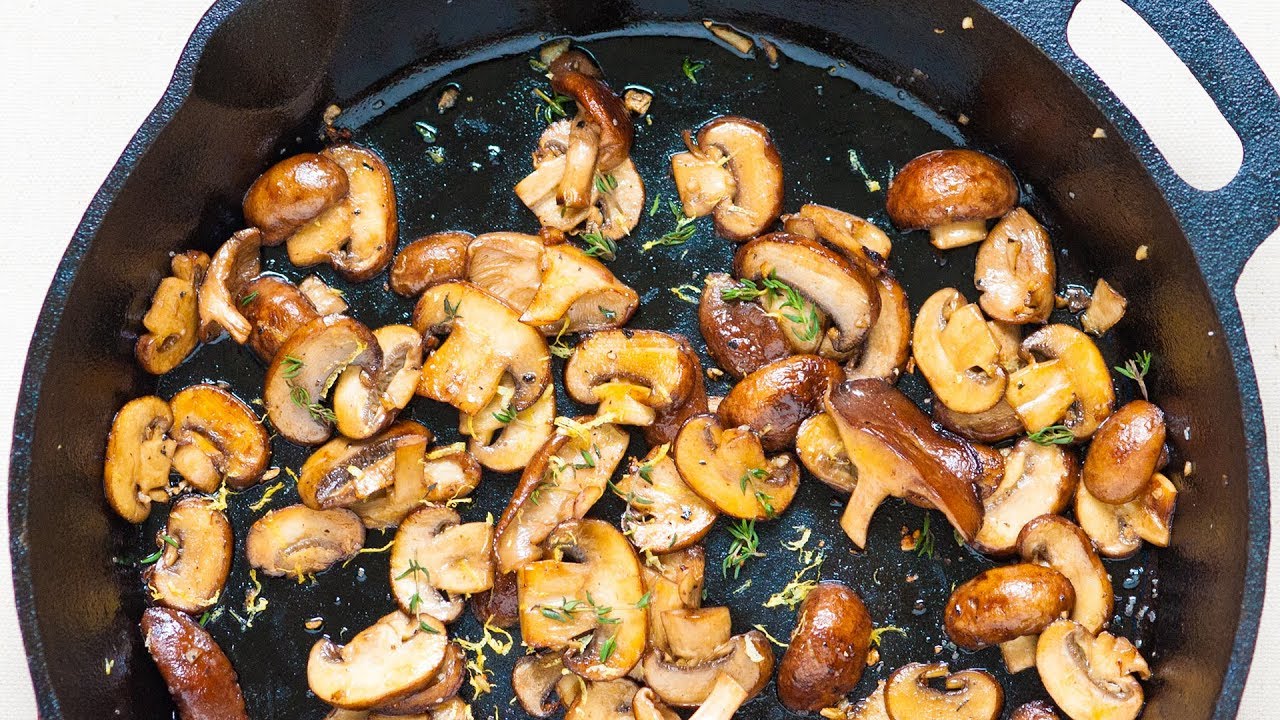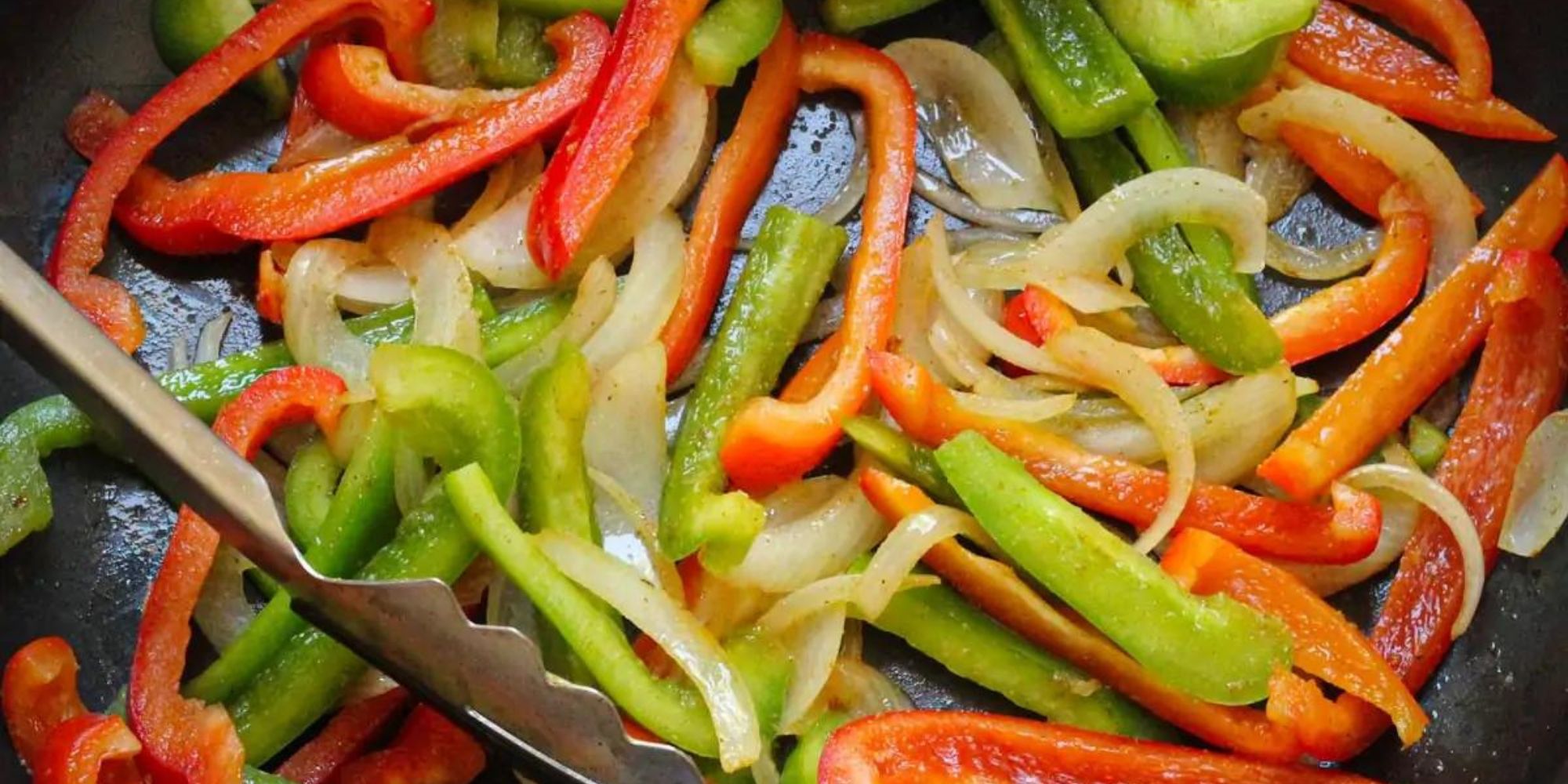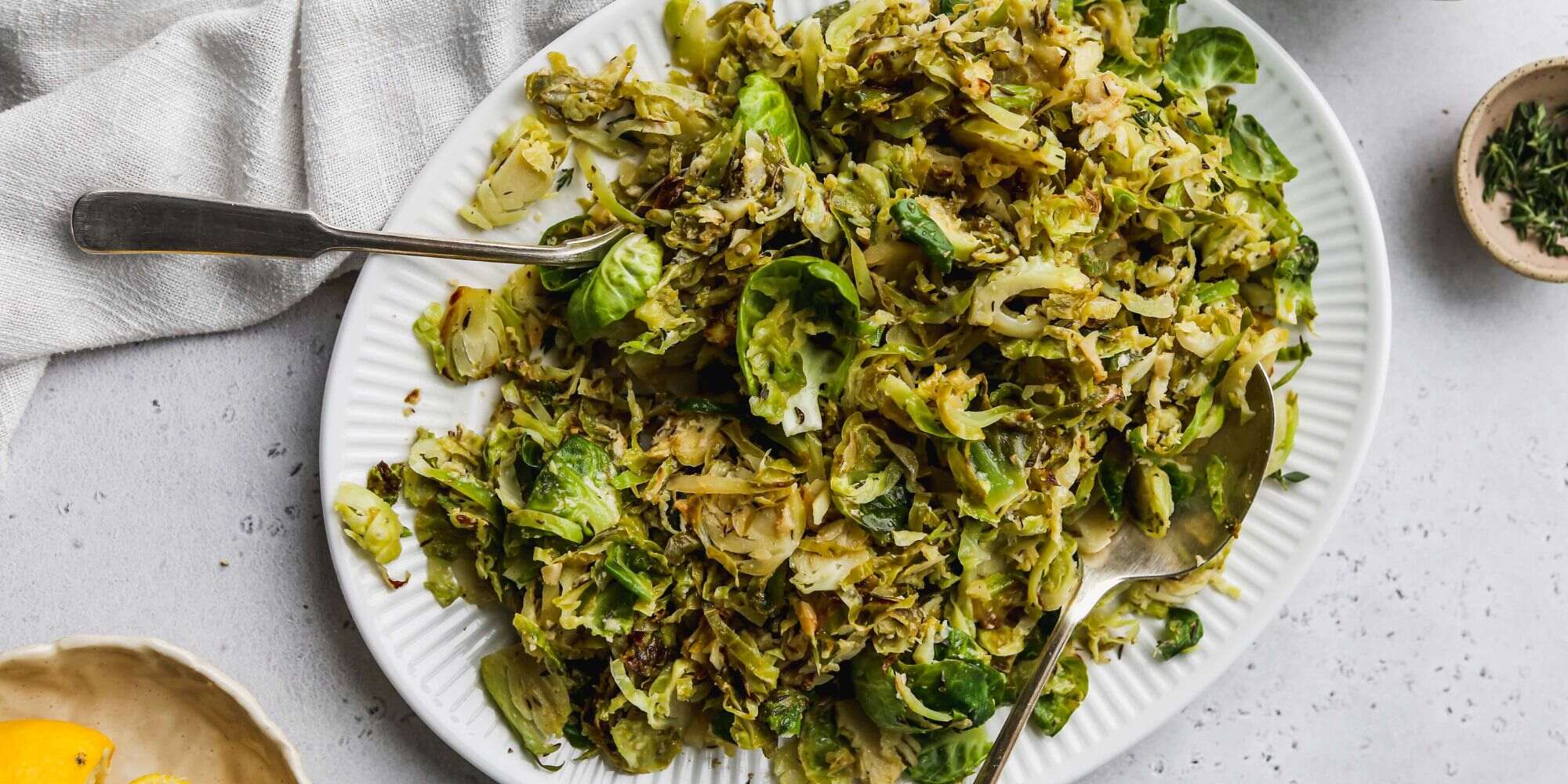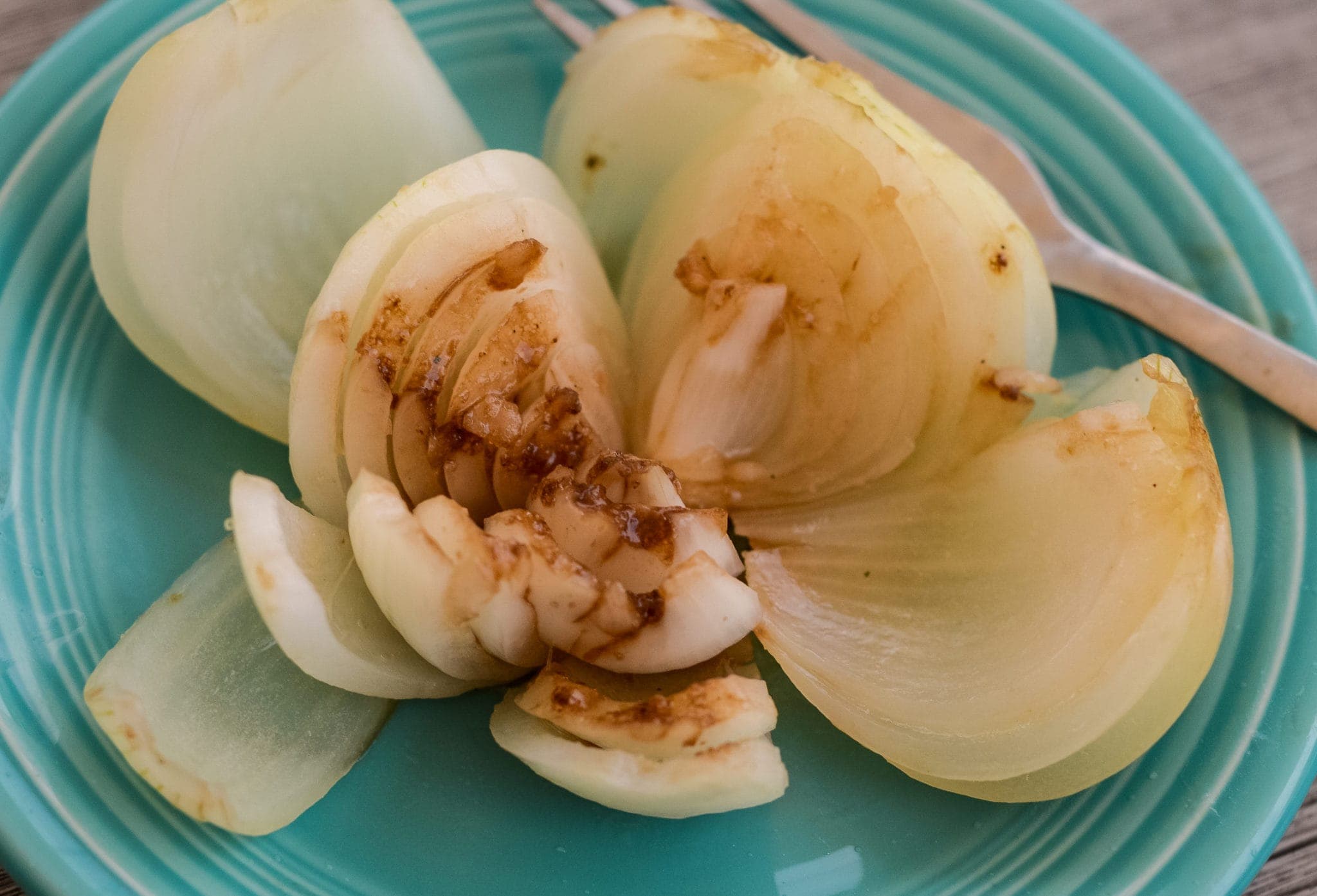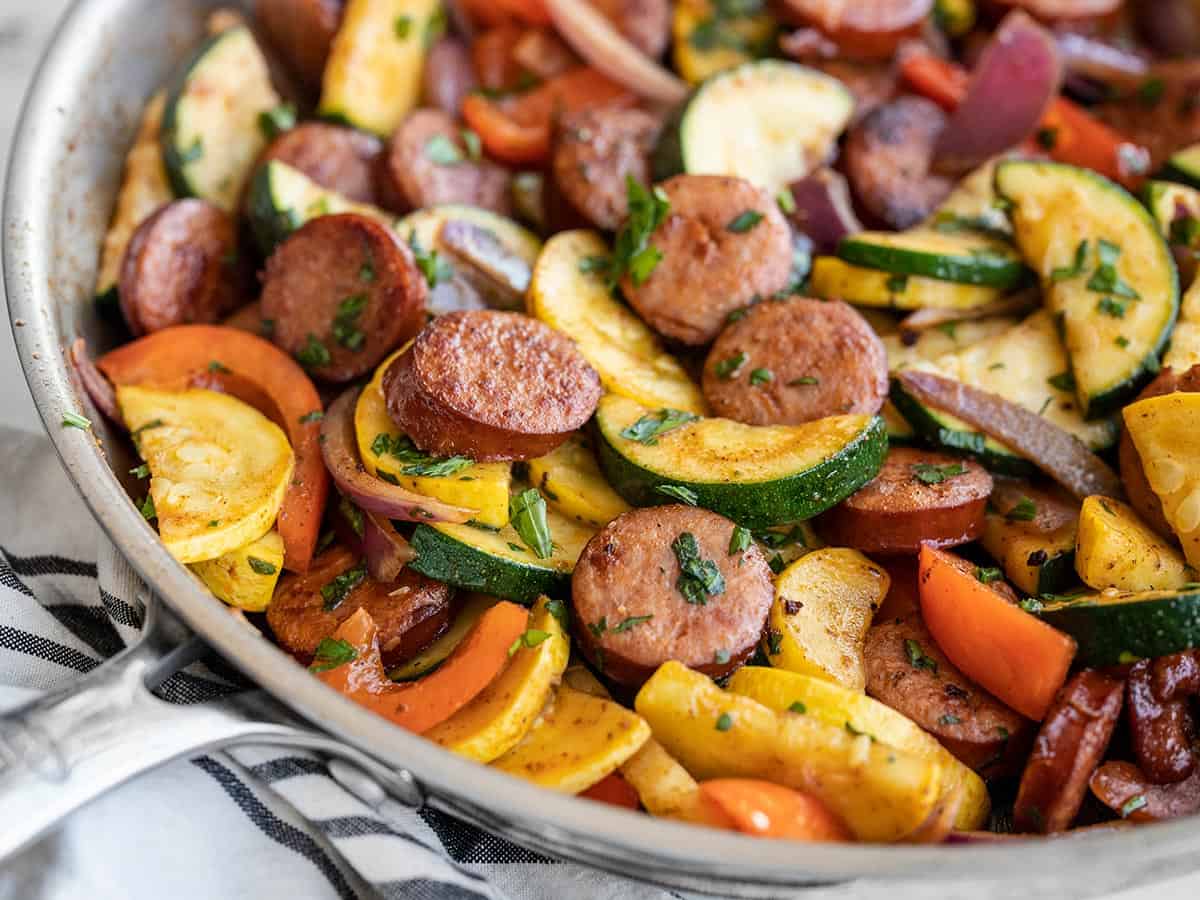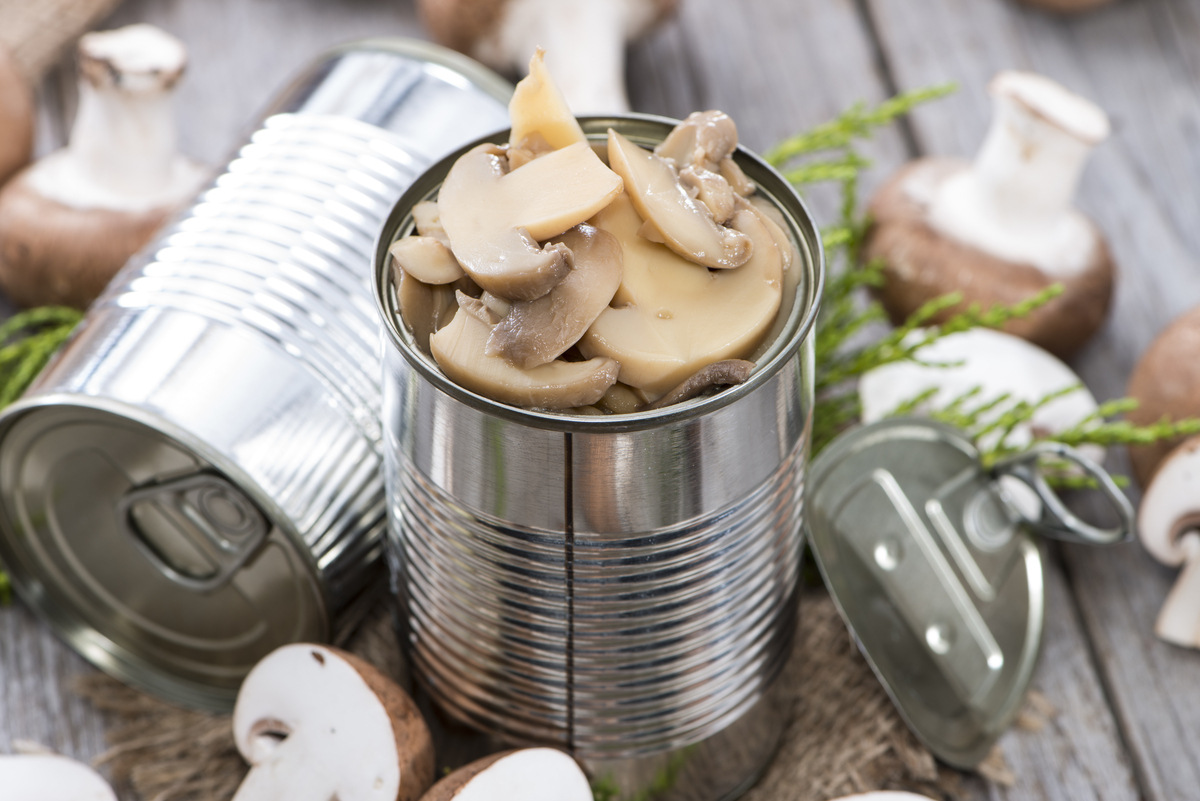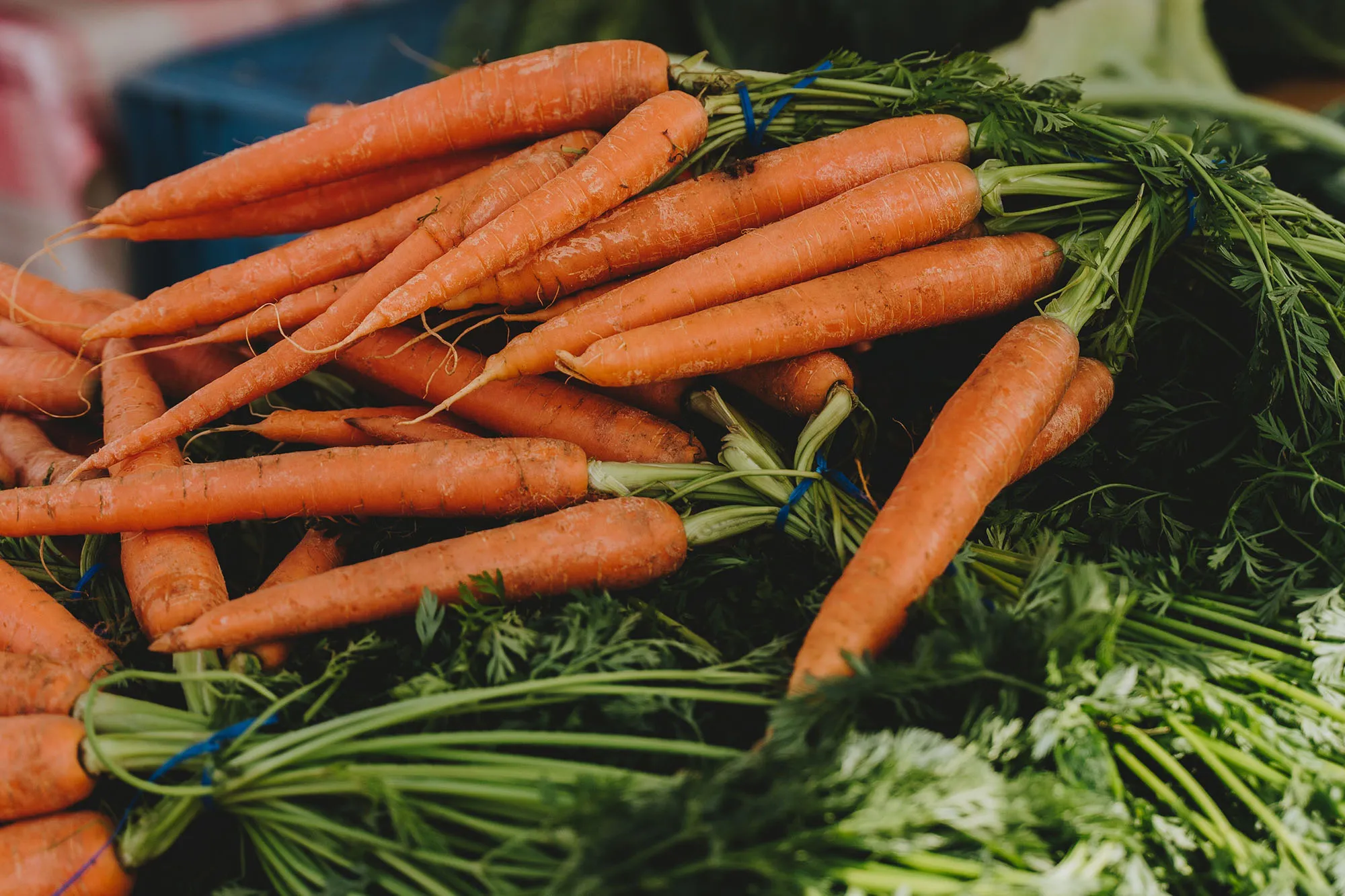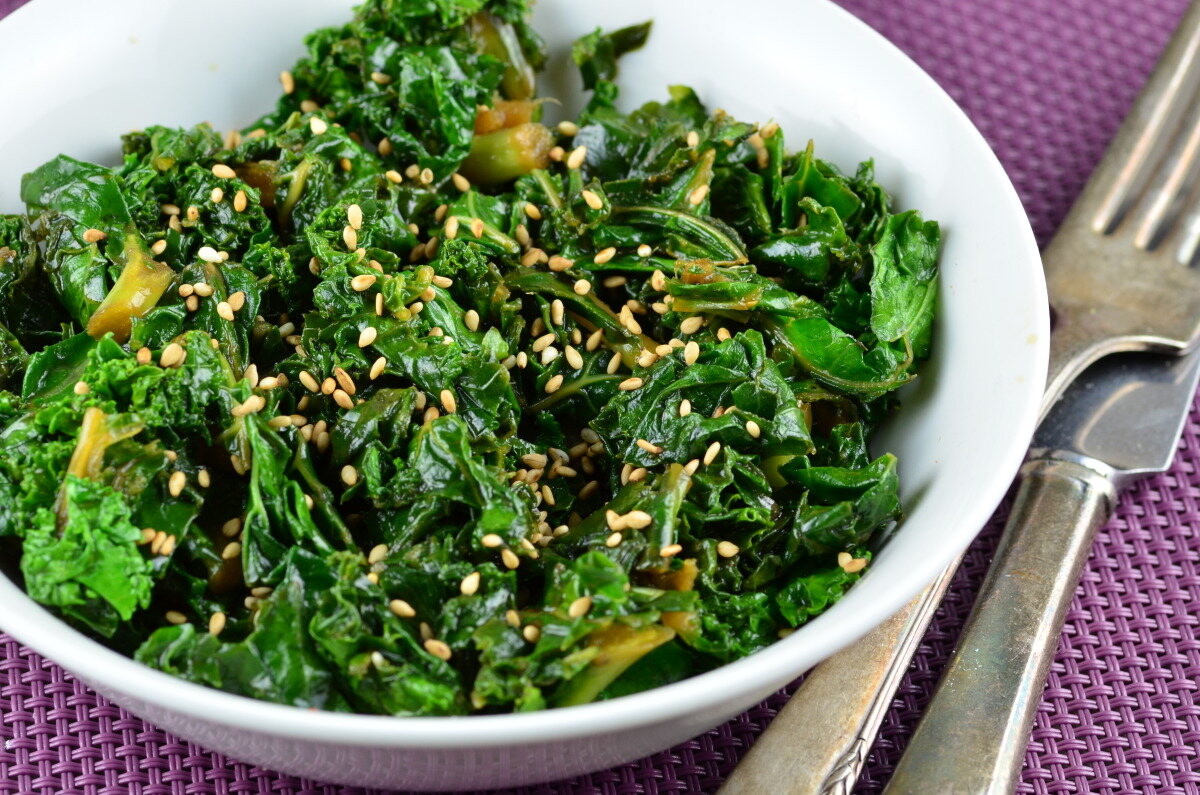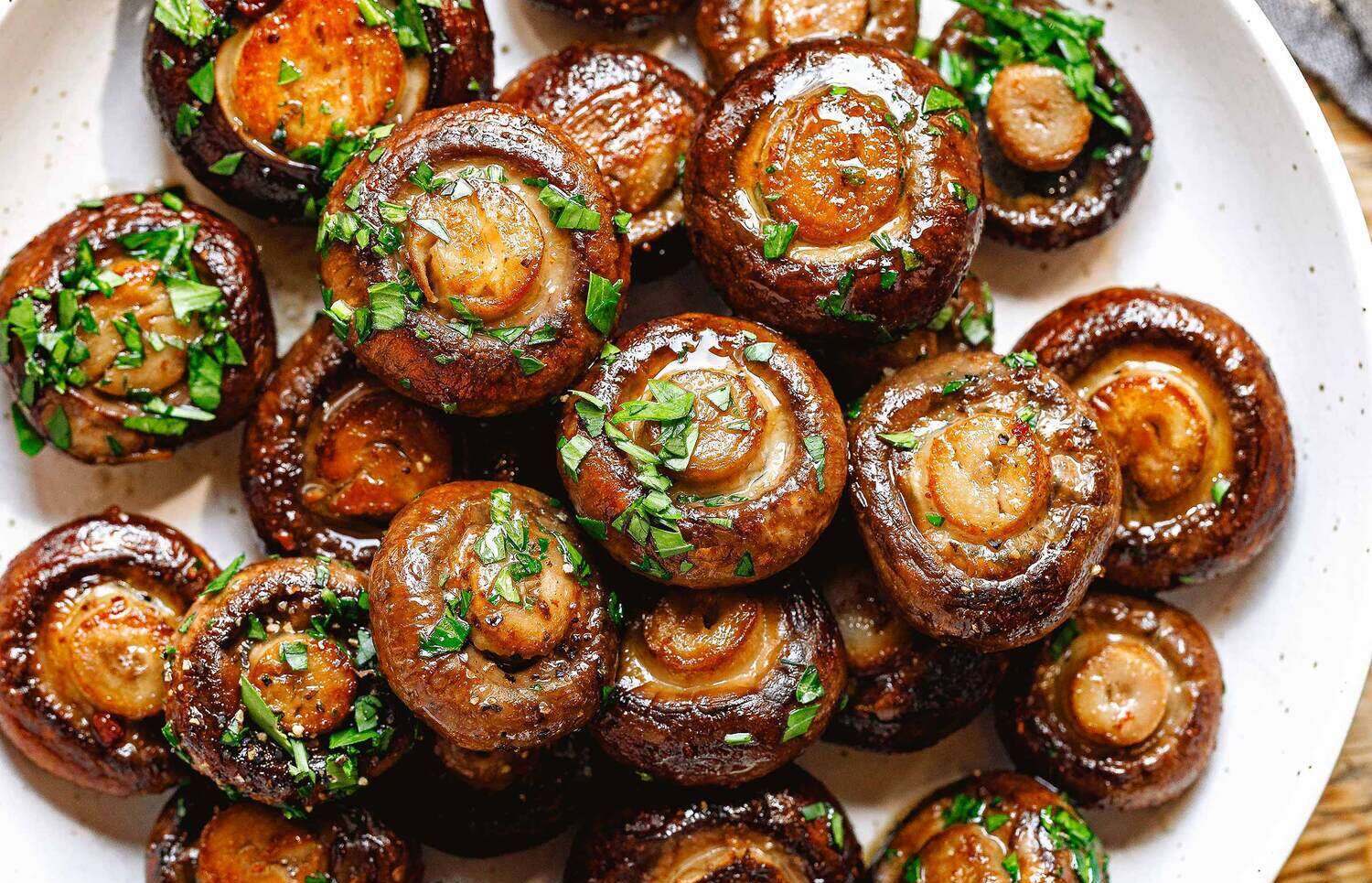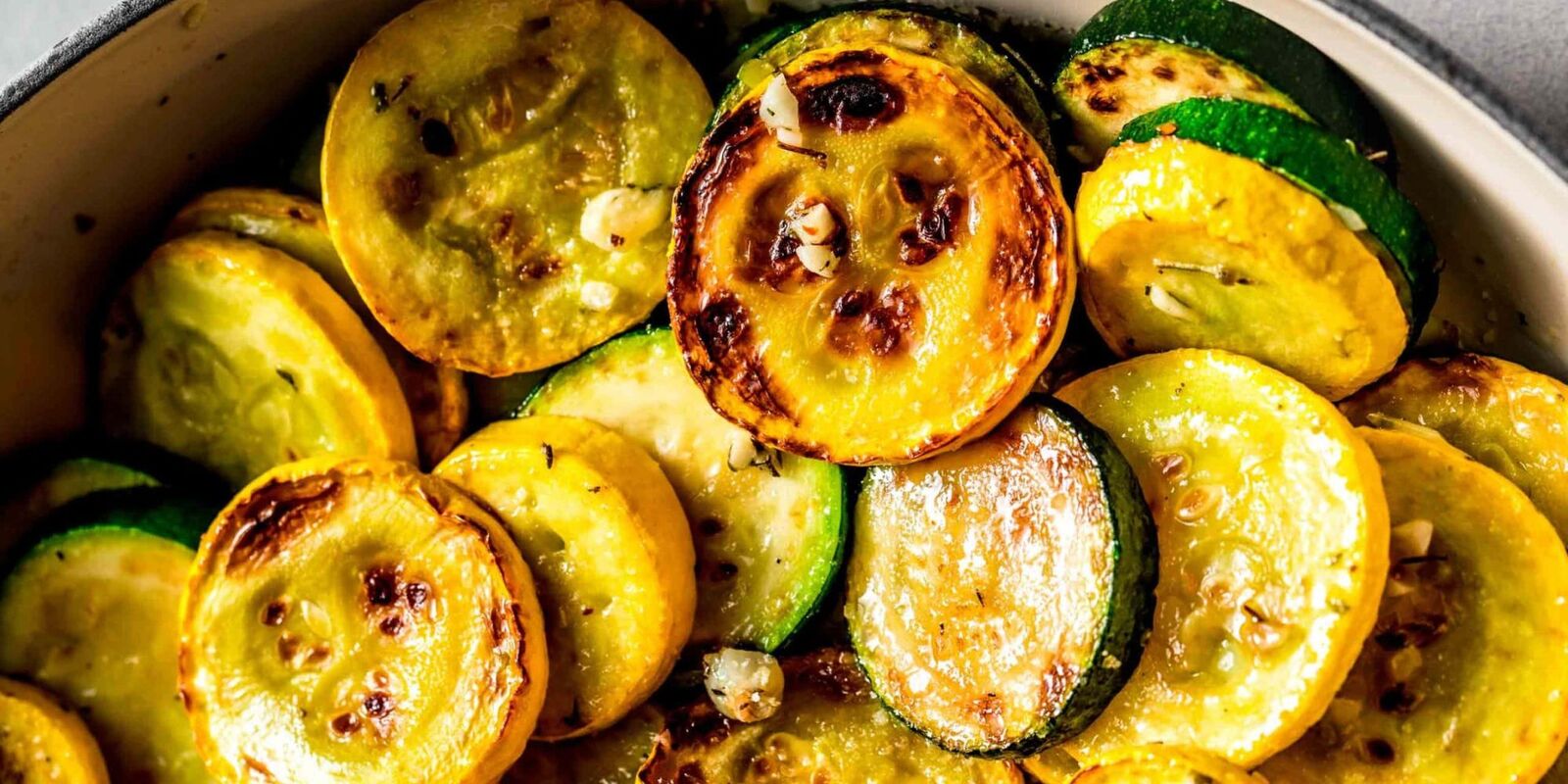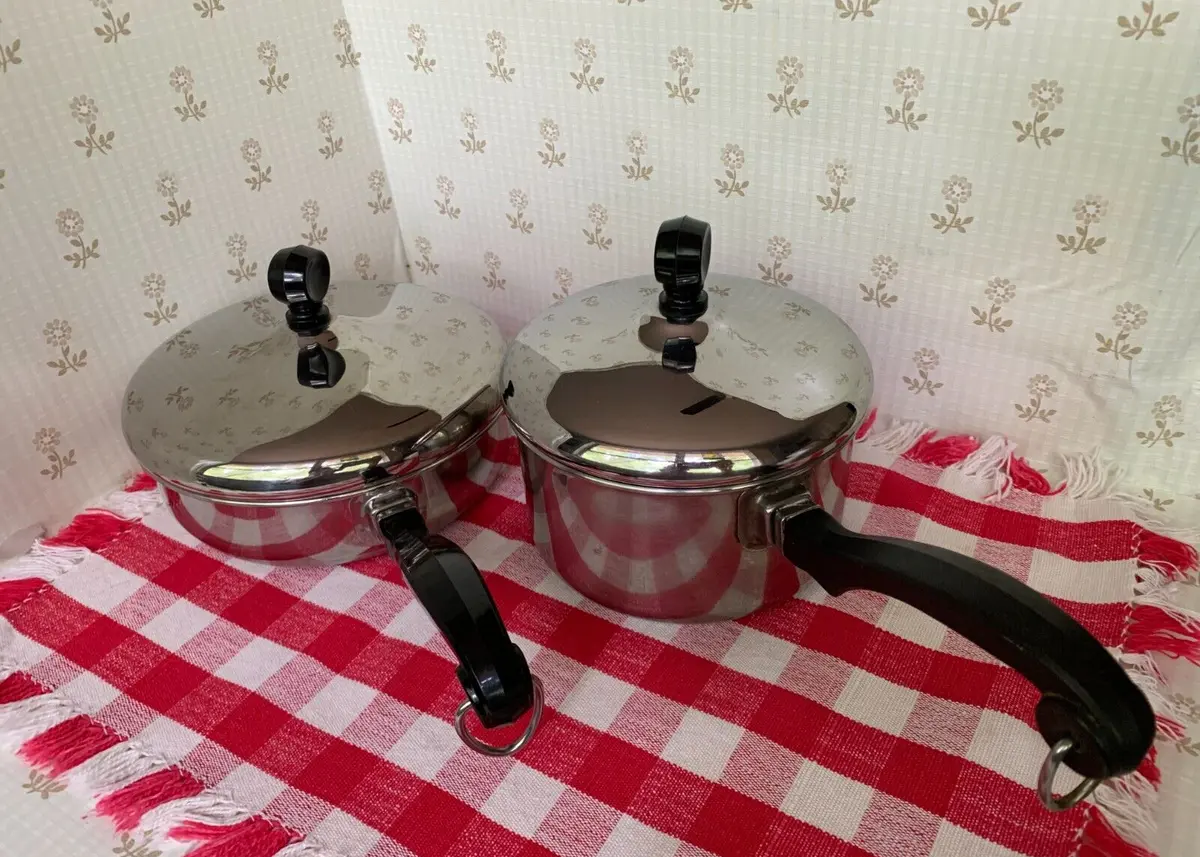Mastering the Art of Sauteing with Olive Oil
Welcome to the wonderful world of sautéing with olive oil! This cooking technique is not only quick and easy but also brings out the natural flavors of your ingredients. Whether you’re a seasoned home cook or just starting out in the kitchen, sautéing with olive oil can elevate your dishes to a whole new level.
Choosing the Right Olive Oil
Before you start sautéing, it’s important to select the right type of olive oil. Extra virgin olive oil is ideal for sautéing as it has a low smoke point and imparts a delicate flavor to your dishes. It’s best to avoid using light olive oil for sautéing, as it has a higher smoke point and a more neutral flavor.
Preparing Your Ingredients
Properly preparing your ingredients is crucial for successful sautéing. Here are some tips to ensure that your ingredients are ready to go:
- Chop your vegetables or protein into uniform pieces to ensure even cooking.
- Pat dry any excess moisture from the ingredients to prevent splattering when they hit the hot oil.
- Season your ingredients with salt and pepper to enhance their flavors.
The Sauteing Process
Now that you have your ingredients prepped, it’s time to start sautéing!
- Heat a skillet or sauté pan over medium-high heat.
- Add a few tablespoons of extra virgin olive oil to the pan and allow it to heat up.
- Once the oil is shimmering, add your ingredients to the pan in a single layer. Avoid overcrowding the pan, as this can lead to steaming rather than sautéing.
- Use a spatula or tongs to move the ingredients around the pan, ensuring that they cook evenly and develop a golden brown color.
- Depending on the ingredients, sautéing typically takes just a few minutes. Be sure to keep an eye on the heat to prevent the oil from smoking.
Finishing Touches
Once your ingredients are perfectly sautéed, it’s time to add any finishing touches to your dish. This could include a splash of lemon juice, a sprinkle of fresh herbs, or a drizzle of balsamic glaze. Get creative and tailor the finishing touches to complement the flavors of your sautéed ingredients.
Benefits of Sautéing with Olive Oil
Sautéing with olive oil not only adds a delightful flavor to your dishes but also offers health benefits. Olive oil is rich in monounsaturated fats and antioxidants, making it a heart-healthy choice for cooking. Additionally, the low smoke point of extra virgin olive oil means that it retains its nutritional properties even at high temperatures.
Experiment and Enjoy!
Now that you’ve mastered the art of sautéing with olive oil, it’s time to get creative in the kitchen. Whether you’re sautéing vegetables, chicken, or seafood, the possibilities are endless. Experiment with different seasonings and flavor combinations to create mouthwatering dishes that will impress your family and friends.
So, grab your skillet, pour in some extra virgin olive oil, and let the sautéing begin!
Was this page helpful?
changxingrefractory
We Changxing Refractory Material Co.,LTD is professional manufacturer and supplier of refractory materials for more than 30 years. Our high quality refractory products are good sold to many countries say South Africa, Bangladesh, Indonesia, Malaysia, etc. https://www.cxrefractories.com/
